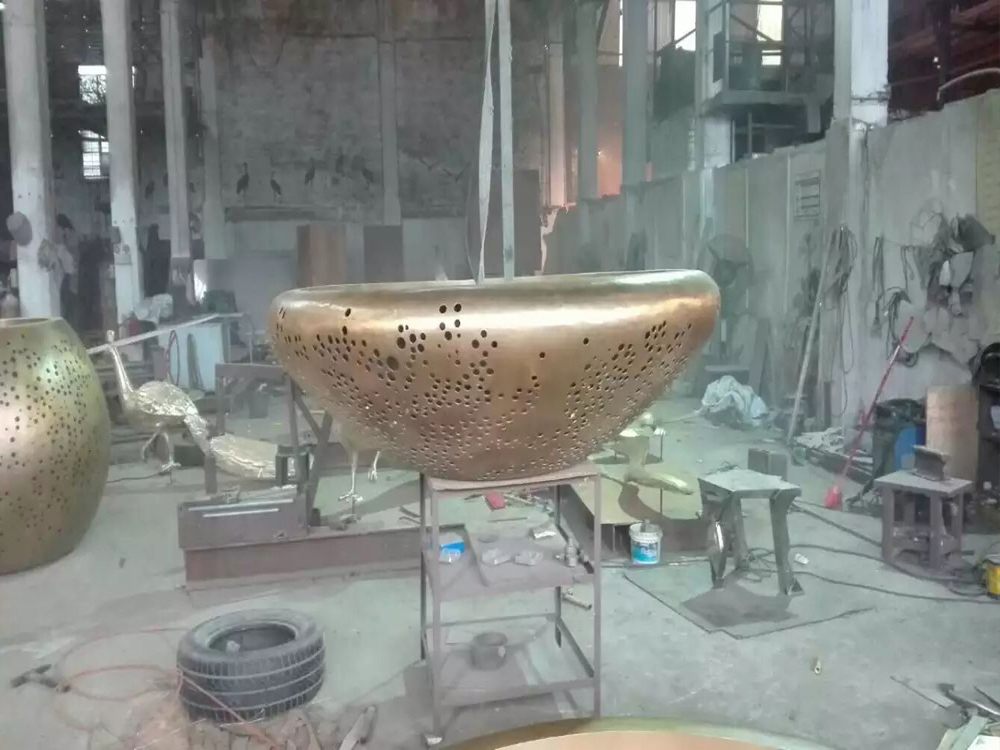
Commemorative plaques and freestanding bronze sculptures are both popular forms of memorial art, but they serve distinct purposes and exhibit unique characteristics. Understanding their differences helps in appreciating their roles in public spaces and historical remembrance.
1. Purpose and Function:
- Commemorative plaques are typically flat, inscribed panels mounted on walls or surfaces, often used to mark historical events, honor individuals, or denote significant locations. They focus on delivering textual information concisely.
- Freestanding bronze sculptures, on the other hand, are three-dimensional artworks designed to stand independently. They emphasize artistic expression and visual impact, often symbolizing broader themes or narratives.
2. Design and Aesthetics:
- Plaques prioritize readability and simplicity, featuring engraved text, dates, or brief descriptions. Their design is minimalist to ensure clarity.
- Bronze sculptures are intricate and dynamic, crafted to capture movement, emotion, or symbolism. They serve as focal points in public spaces, inviting interaction and interpretation.
3. Placement and Visibility:
- Plaques are usually affixed to buildings, benches, or stones, blending into their surroundings while providing historical context.
- Sculptures demand space and are often placed in parks, squares, or prominent locations to attract attention and create a lasting impression.
4. Durability and Maintenance:
- Both are made from durable materials like bronze, but plaques require less upkeep due to their flat surfaces.
- Sculptures may need periodic cleaning and restoration to preserve their intricate details and prevent weathering.
In summary, while plaques excel in delivering factual tributes, bronze sculptures celebrate artistry and storytelling. Both forms enrich public spaces, offering unique ways to commemorate history and culture.

